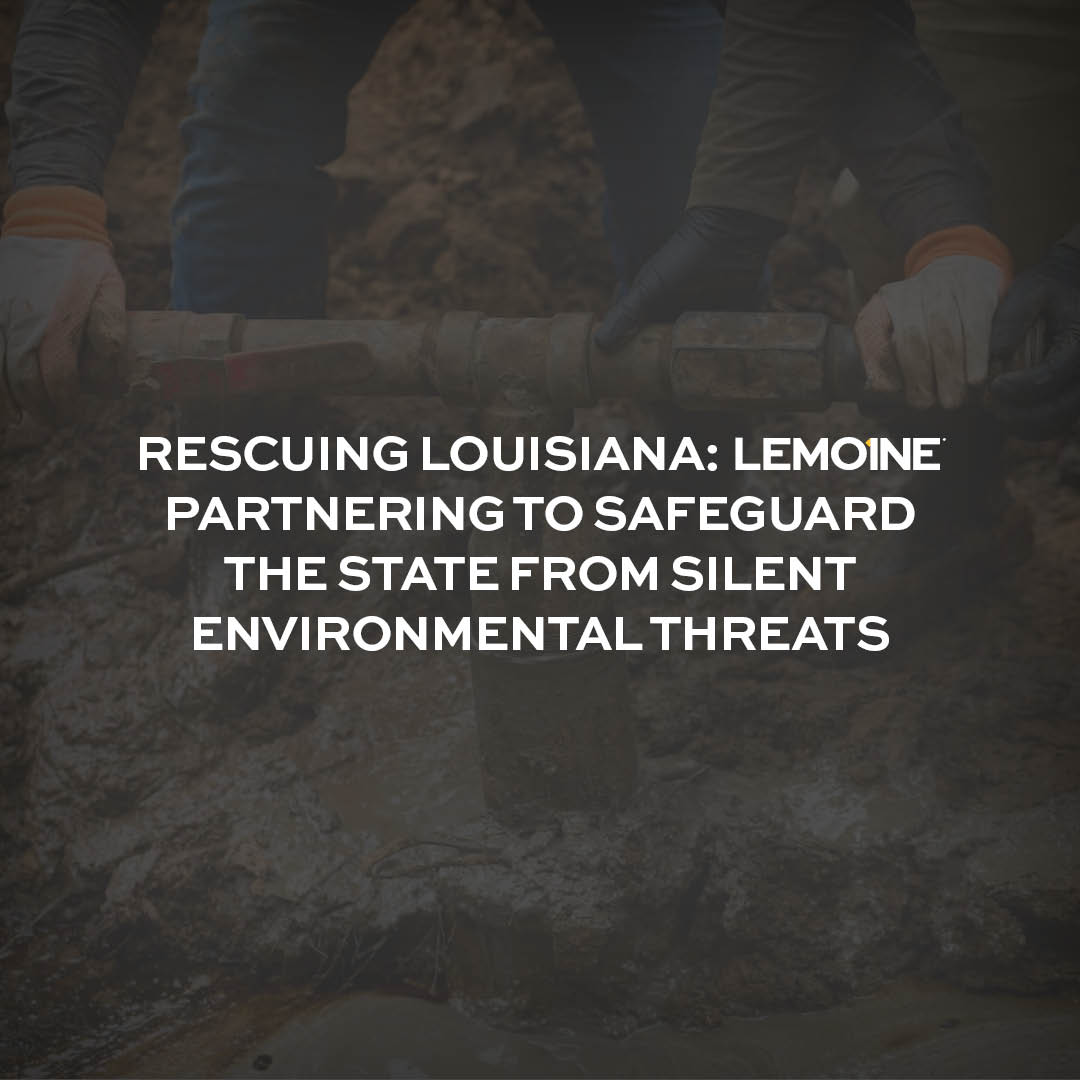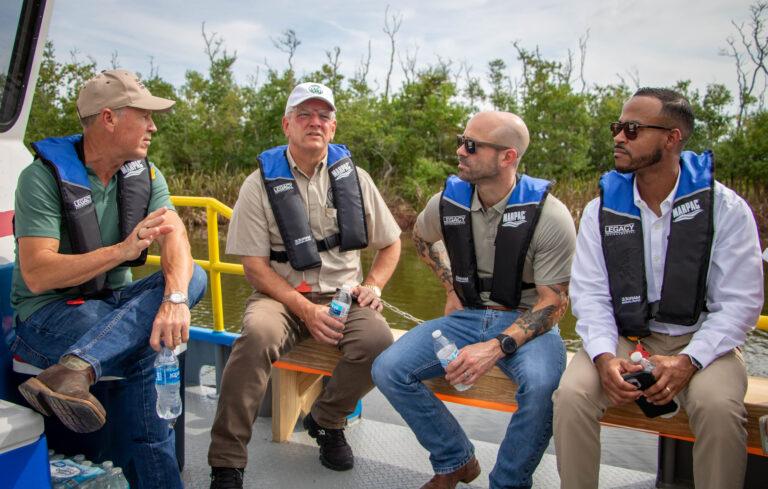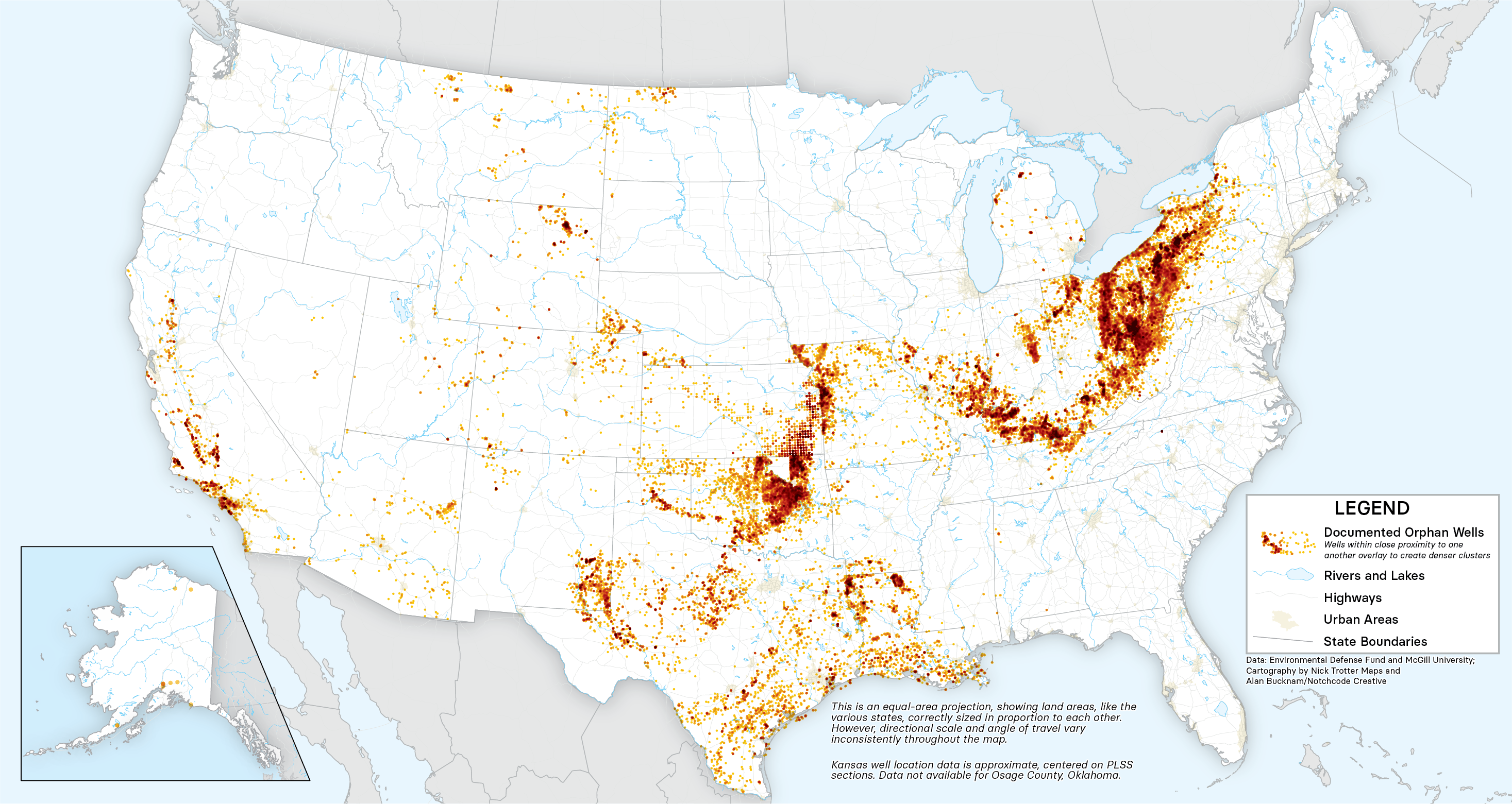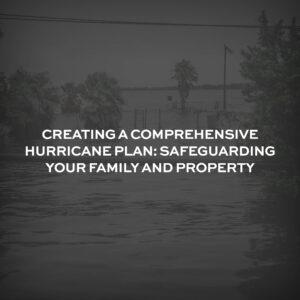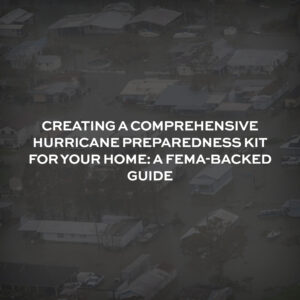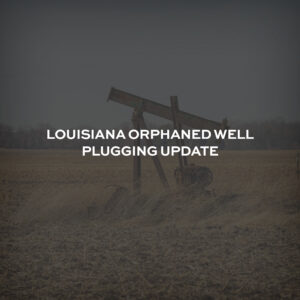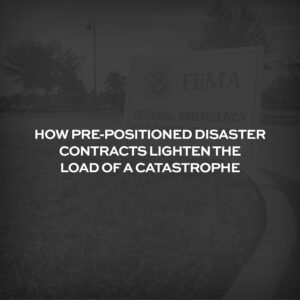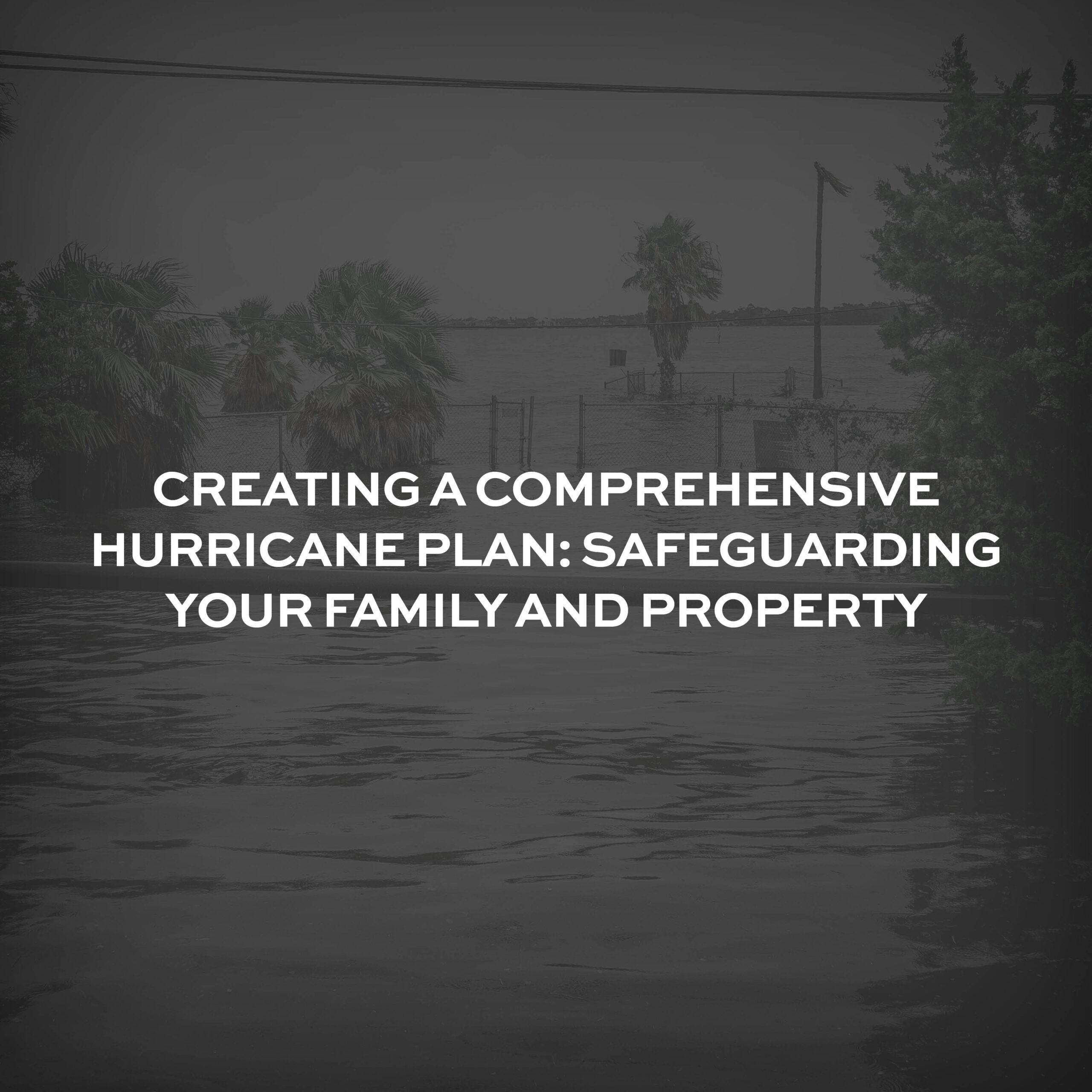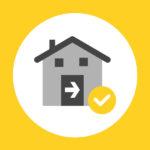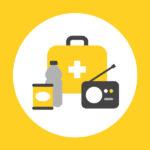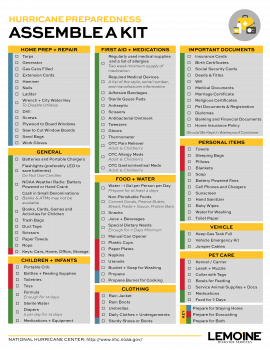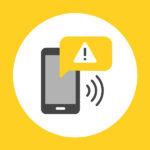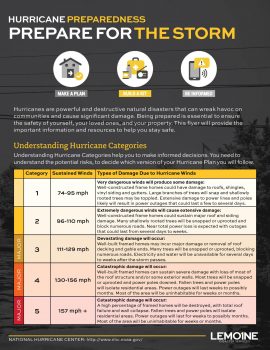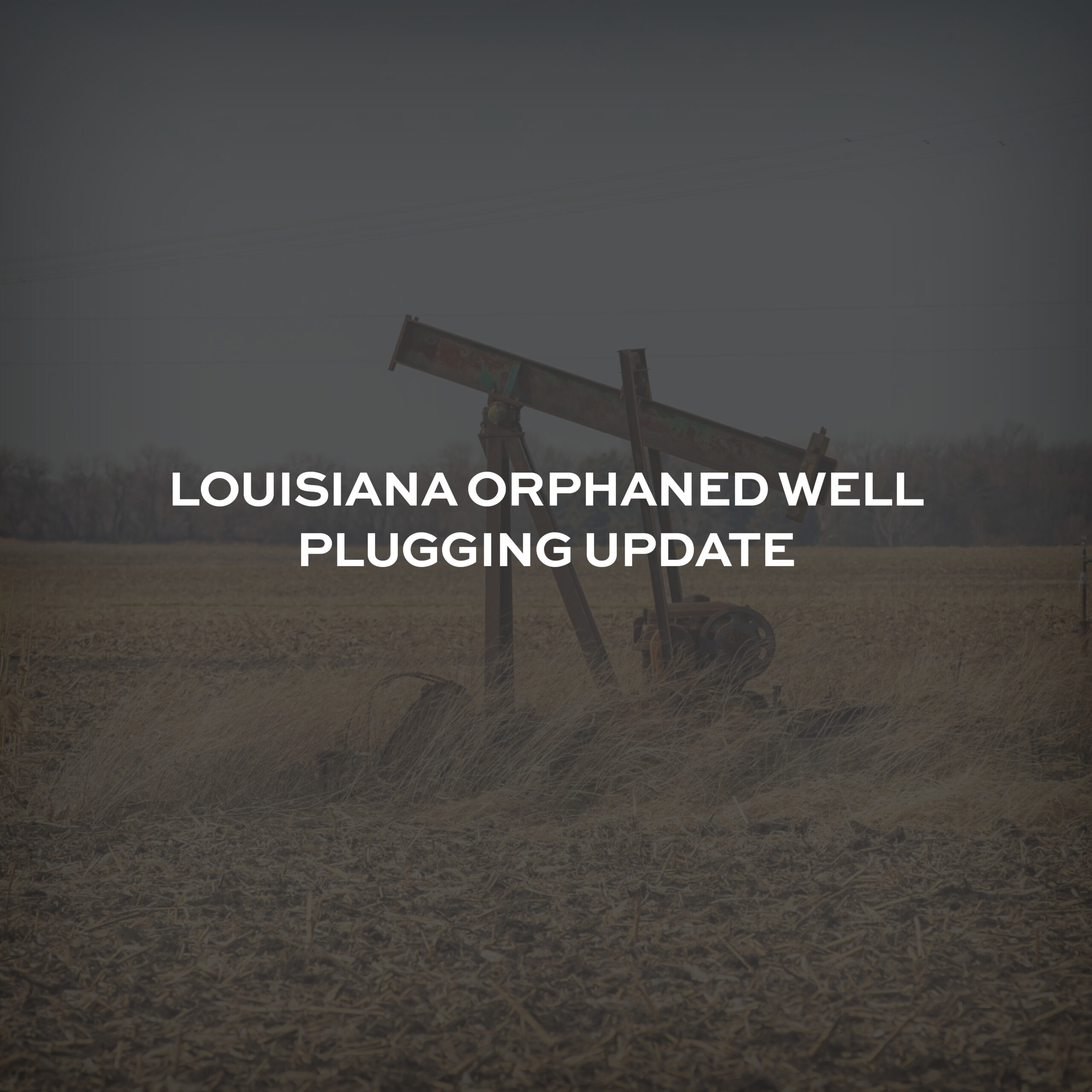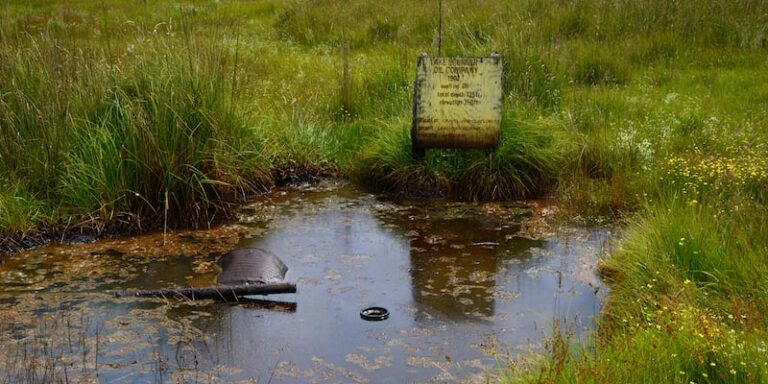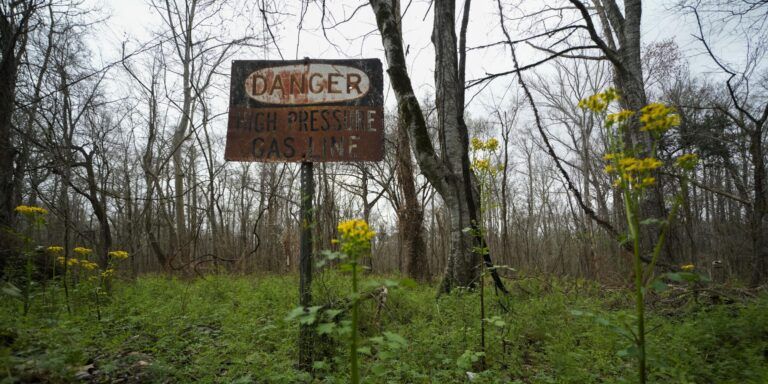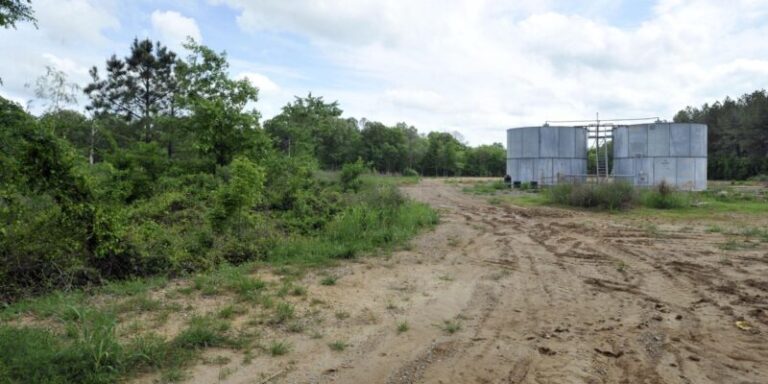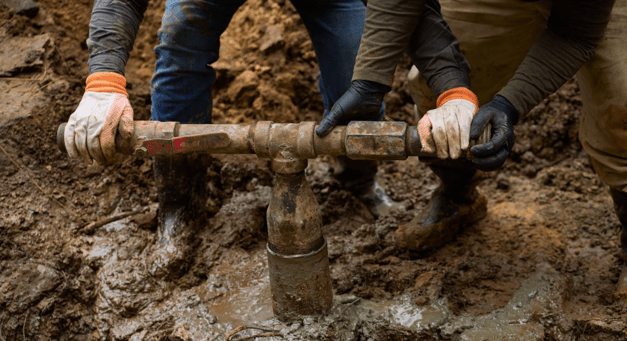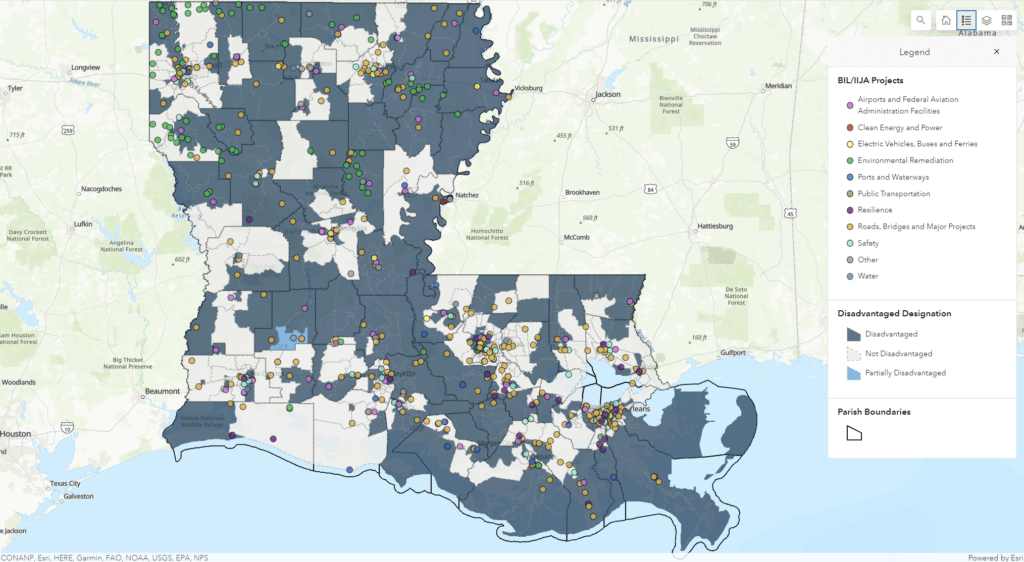As the year draws to a close, we extend heartfelt gratitude for your continued trust and collaboration. This past year has been marked by shared successes, and we are sincerely thankful for the positive impact we’ve achieved together. Wishing you a joyous holiday season filled with rest and reflection. Looking forward to the opportunities that lie ahead in the coming year and the continued success of our partnership. Thank you for being an integral part of our journey.
Expanding Reach, Maintaining Our Promise
In the past year, we are thrilled to share that LEMOINE has not only deepened its roots in our home state of Louisiana but has also extended its reach far beyond. Our dedicated teams have proudly served communities in Puerto Rico, Guam, and Hawaii, exemplifying our commitment to delivering on our Brand Promise: The Right People. Whether close to home or abroad, our collective efforts have allowed us to make a meaningful impact, and we look forward to continuing this journey of growth and service in the coming year.
The Year in Pictures
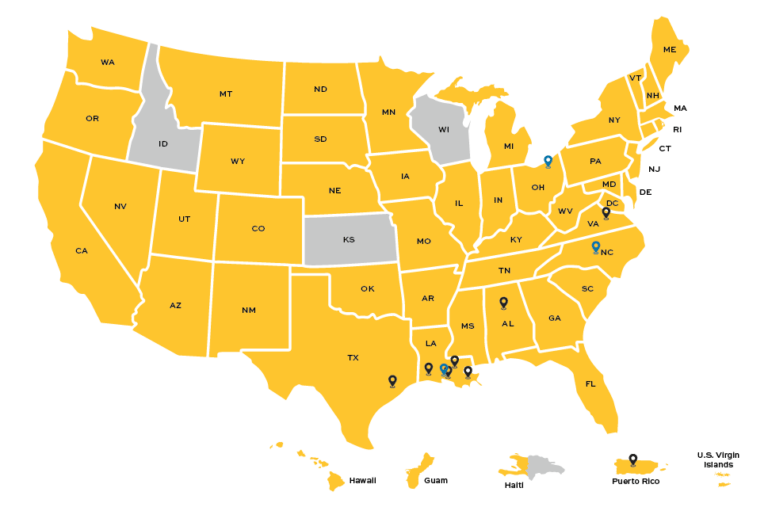
In the past year, we are thrilled to share that LEMOINE has not only deepened its roots in our home state of Louisiana but has also extended its reach far beyond. Our dedicated teams have proudly served communities in Puerto Rico, Guam, and Hawaii, exemplifying our commitment to delivering on our Brand Promise: The Right People. Whether close to home or abroad, our collective efforts have allowed us to make a meaningful impact, and we look forward to continuing this journey of growth and service in the coming year.

LEMOINE’s Building Construction teams have continued to deliver success across the state of Louisiana and beyond, completing milestone projects such as the Center for Medical Education at LSU Health Shreveport, Truman Elementary School, and the new patient tower at Ochsner Lafayette General in Lafayette, LA, and the Ochsner Center for Nursing and Allied Health at the Delgado City Park campus in New Orleans (pictured at left).
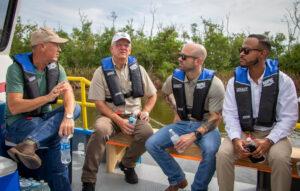
LEMOINE Disaster Services has made record progress on Louisiana’s Orphaned Wells Plugging project, plugging over 370 wells since the project’s inception. Enhancing Louisiana’s environmental resilience, plugging these wells reduces the risk of environmental disasters, ensuring that communities have a stronger defense against future challenges. Pictured, Louisiana Gov. John Bel Edwards and U.S. Fish and Wildlife Service Director Martha Williams visited an ongoing orphaned well site at the Lacassine National Wildlife Refuge in October.
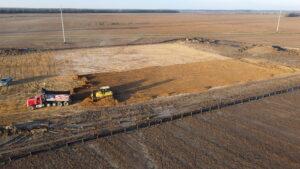
LEMOINE Infrastructure performed civil work at the Ampirical substations in Arkansas and Mississippi. Our team’s scope laid the groundwork for the Delta Wind Farm and Driver project, a utility-scale wind farm committed to responsible clean energy development that creates long-term value and positive impact for both the environment and local communities.
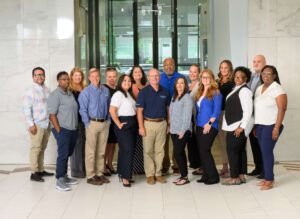
DCMC Partners, a LEMOINE Company, recently opened a new office in the vibrant city of Guaynabo, Puerto Rico. From here, our team will continue to provide first-class service to our many clients there. Since Hurricanes Irma and Maria ravaged the island of Puerto Rico in 2017, DCMC has been instrumental in resolving many of the most significant problems that surfaced during response and recovery efforts.
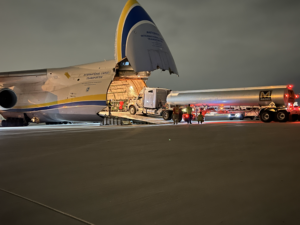
Macro, a LEMOINE Company, deployed to Guam on the heels of Typhoon Mawar in May 2023. The typhoon struck Guam with the force of a Category 4 hurricane and was the strongest storm to strike the island in years. LEMOINE Disaster Team members have continued to serve the island in multiple relief capacities.
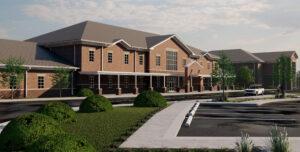
LEMOINE Program Services, the firm’s full-service project and program management division, celebrated two years of operations. The team of 23 has been awarded over 50 projects, worked in 13 states, served over 35 clients, and has a permanent presence in 4 states (Alabama, Louisiana, Tennessee, and Virginia). They have taken on several exciting roles, including program management services for Cullman City Middle School (pictured above), one of four Cullman school projects managed by LEMOINE.
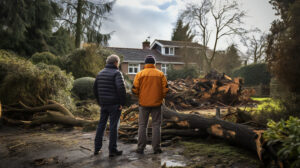
This year, The Workforce Group, a LEMOINE Company has supported state and local governments across Louisiana, Texas, Georgia, Alabama, North Carolina, and California with ongoing disaster recovery programs by performing over 8,000 damage assessments and 6,000 lead-based paint inspections. WFG has also launched a proprietary program system of record solution, 1Wanda, for the State of Georgia’s CDBG-DR Homeowner Reconstruction and Rehabilitation Program, where they are responsible for comprehensive program management and delivery.
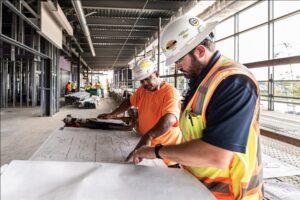
We welcomed 131 new team members across LEMOINE‘s family of services: Building Construction, Program Services, Infrastructure, Disaster Services, DCMC, Workforce Group, and Macro.


